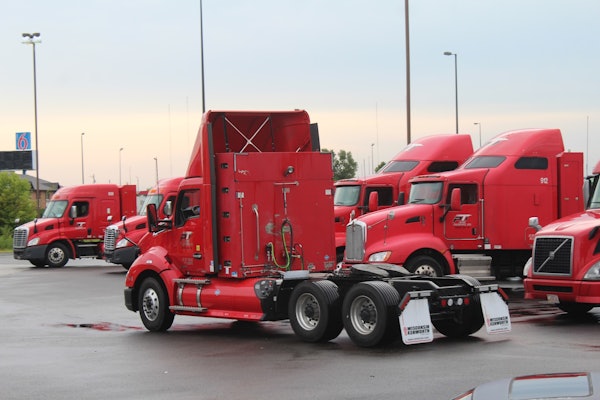The U.S. Environmental Protection Agency announced Tuesday, June 30, that it is granting California’s waiver request enabling the state to enforce its greenhouse gas emissions standards for new motor vehicles, beginning with the current model year. Using the law and science as its guide, EPA said it has taken this action to tackle air pollution and protect human health.
“This decision puts the law and science first,” said EPA Administrator Lisa Jackson. “After review of the scientific findings, and another comprehensive round of public engagement, I have decided this is the appropriate course under the law. This waiver is consistent with the Clean Air Act as it’s been used for the last 40 years and supports the prerogatives of the 13 states and the District of Columbia who have opted to follow California’s lead. More importantly, this decision reinforces the historic agreement on nationwide emissions standards developed by a broad coalition of industry, government and environmental stakeholders earlier this year.”
The first California waiver request was made in December 2005 and subsequently was denied in March 2008. This previous decision was based on an interpretation of the Clean Air Act finding that California did not have a need for its greenhouse gas emissions standards to meet “compelling and extraordinary conditions.”
Shortly after taking office in January, President Obama directed EPA to assess the appropriateness of denying the waiver. EPA received a letter from California on Jan. 21 raising several issues for Jackson to review regarding the denial.
Last month, Obama announced a first-ever national policy aimed at both increasing fuel economy and reducing greenhouse gas pollution for all new cars and trucks sold in the United States; the new standards would cover model years 2012-2016. When the national program takes effect, California has committed to allowing automakers who show compliance with the national program to also be deemed in compliance with state requirements.
With the decision to grant the California waiver, EPA said it returns to its traditional legal interpretation of the Clean Air Act that has been applied consistently during the past 40 years. EPA said it finds that California continues to have a need for its motor vehicle emissions program, including the greenhouse gas standards, and that it also finds that the California program meets legal requirements regarding the protectiveness of public health and welfare as well as technological feasibility.
EPA said it based its decision on an extensive record of scientific and technical evidence, and that as part of the reconsideration, the agency revisited the prior decision documents and record; the agency also opened a new comment period, including public hearings. The Clean Air Act gives EPA the authority to allow California to adopt its own emissions standards for new motor vehicles due to the seriousness of the state’s air pollution challenges. EPA said there is a longstanding history of the agency granting waivers to the state of California.
“After being asleep at the wheel for over two decades, the federal government has finally stepped up and granted California its nation-leading tailpipe emissions waiver,” said California Gov. Arnold Schwarzenegger. “This decision is a huge step for our emerging green economy that will create thousands of new jobs and bring Californians the cars they want while reducing greenhouse gas emissions. Thanks to the environmental commitment of President Obama and the continued leadership of state Senator Fran Pavley, California’s long battle to reduce pollution from passenger vehicles is over, and a greener, cleaner future has finally arrived.”
California is the only state under the Clean Air Act with the ability to set stricter-than-federal standards for vehicles as long as it gets a waiver from the federal government. Once California receives a waiver from the federal government, then other states can choose to adopt California’s cleaner standards; 13 other states and the District of Columbia have adopted California’s clean car standards. Information, including decision documents, are available here.











